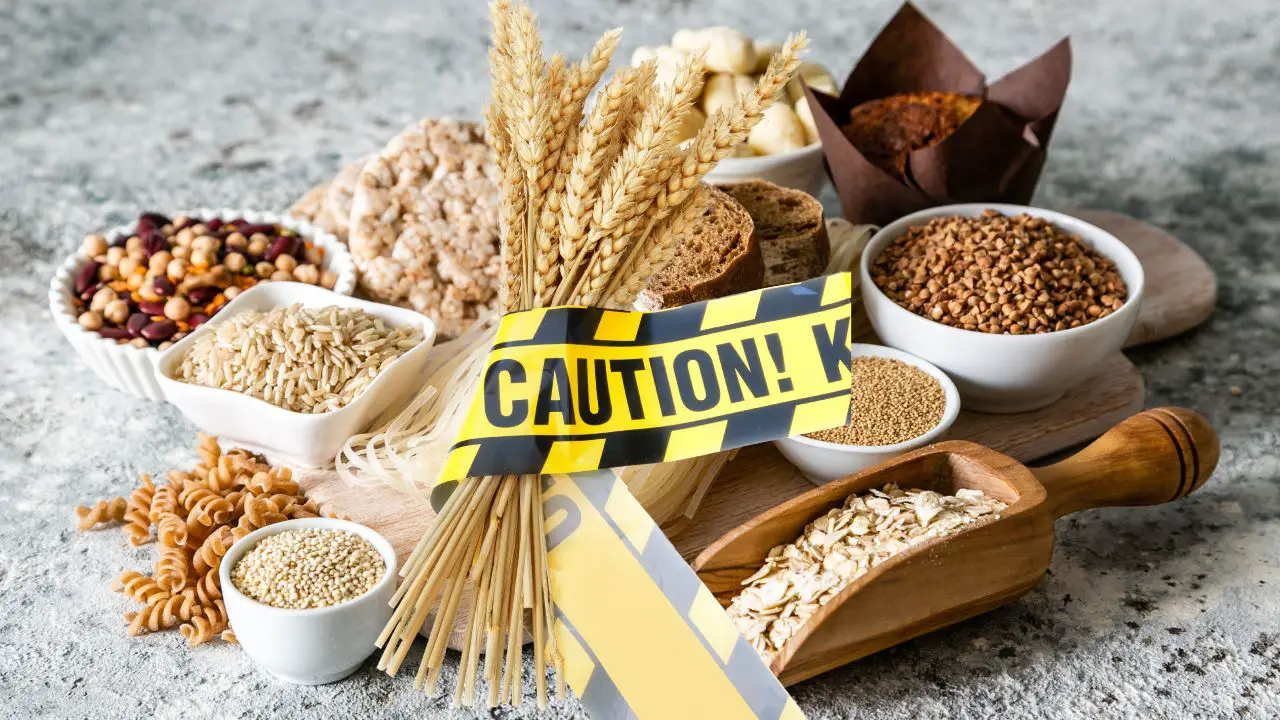When it comes to grains, there are those that contain gluten and those that don’t. For people with gluten sensitivities, Celiac disease, or those just trying to be more intentional with food, it’s important to know which grains to avoid and which ones are safe to eat.
Here is a list of high-gluten grains and the best gluten-free alternatives for each one.
This article highlights the grains to look out for on food labels and the popular food products that you will find them in.
1. Wheat
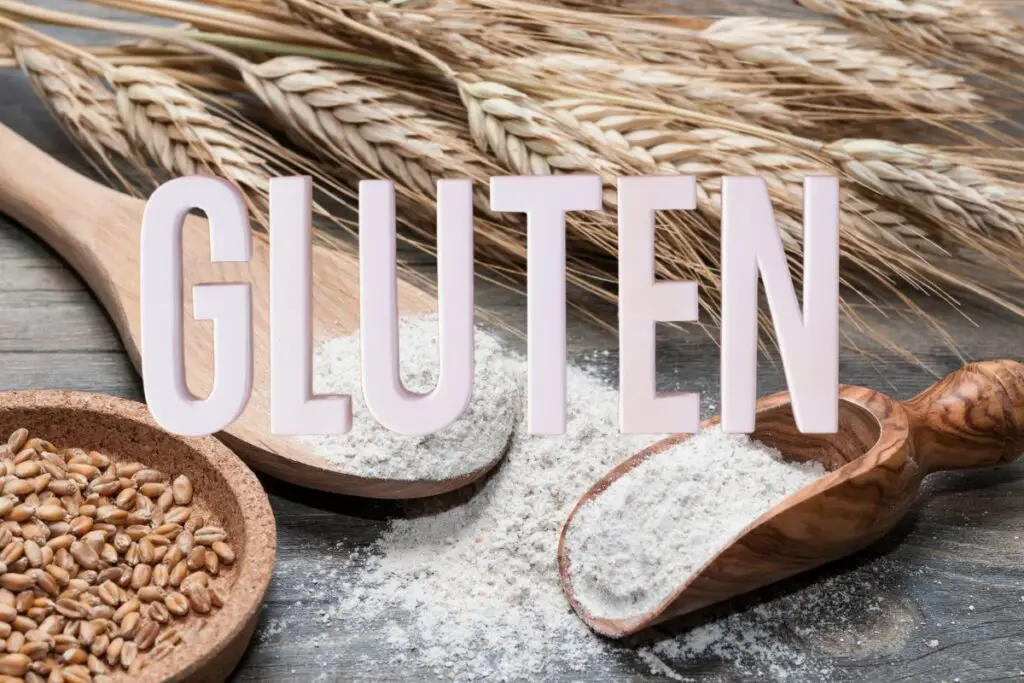
Wheat is the most commonly known source of gluten and is used to make many beloved dishes and food products. It can be found in anything from bread to pasta or cereal to crackers.
If there is wheat listed on your product label, then it means it also contains gluten.
Also, manufacturers sometimes use different terms instead of wheat on their product labels that you need to watch out for, like Triticum vulgare, Triticale, or Triticum spelta, wheat protein or starch; if any of these are listed, then the product is not gluten-free.
Particular attention should be paid to meat and poultry products like meatballs, sausages, and burger patties that can often contain some hidden wheat. The biggest offenders are fake and imitation meat products containing grains and many other dubious ingredients.
In addition, sometimes the product may not even contain any wheat but could still be cross-contaminated because it is made on the line or in the factory that handles wheat, which should also be mentioned on the nutritional label.
The good news is that there are plenty of gluten-free bread, pastry, and cereal options on the market that are quite close to the real deal.
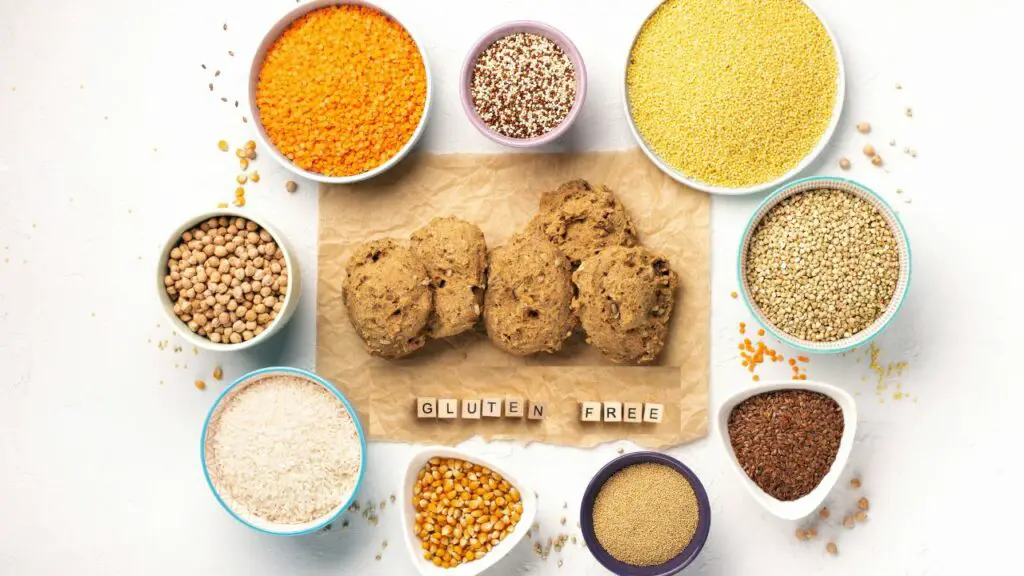
The best wheat flour alternatives that are gluten-free are:
- White rice flour
- Sorghum flour
- Teff flour
- Tapioca flour
- Quinoa flour
- Hemp flour
- Potato starch flour
- Oat flour
- Millet flour
- Lupin flour
- Cornmeal
- Cornflour
- Soy flour
- Coconut flour
- Chickpea flour
- Buckwheat flour
- Banana flour
Here are some popular gluten-free product alternatives:
- Cornbread
- Cloud bread
- Corn tortillas
- Wheat free pancakes
- Corn muffins
- Vegetable pasta
- Chickpea pasta
- Coconut flakes cereal
- Grain-free granola
- Brown rice crisp cereal
- Almond flour bread
- Sweet potato bread
- and any FDA-certified gluten-free labeled product.
Note: Although most of these products above are naturally gluten-free, you still need to check the label to ensure there is no hidden what or gluten in any of the products unless it is labeled gluten-free.
Check out also: How To Make French Toast Without Bread? (9 Finger-Licking No-Bread Recipes).
2. Semolina and Durum
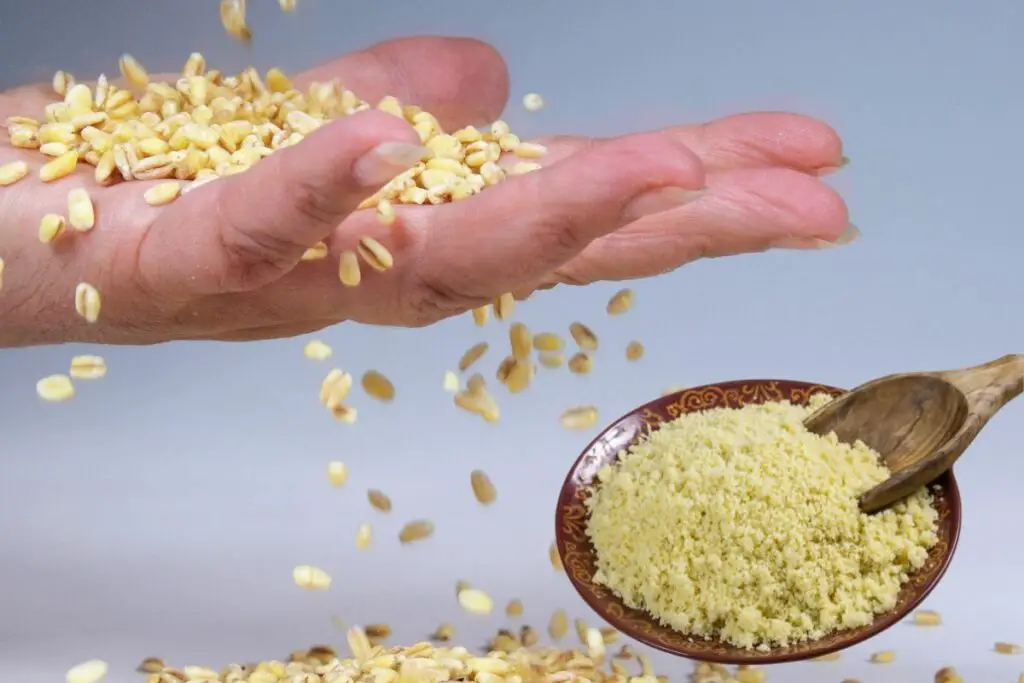
Semolina is a flour made from durum wheat. It is used in a variety of dishes, including couscous and gnocchi. Couscous is made from tiny balls of moistened semolina flour.
There are a few gluten-free versions on the market, but you can also use another grain, such as quinoa or sorghum.
Gnocchi is made from a mix of potato, semolina, and eggs. For a worry-free version, you could either purchase a potato-based gnocchi made from a safe flour or choose one with a completely different base, like cauliflower gnocchi.
Also, some great gluten-free alternatives for semolina flour are amaranth flour, garbanzo flour, quinoa flour, corn semolina, and rice flour, which can be used in most recipes.
3. Einkorn
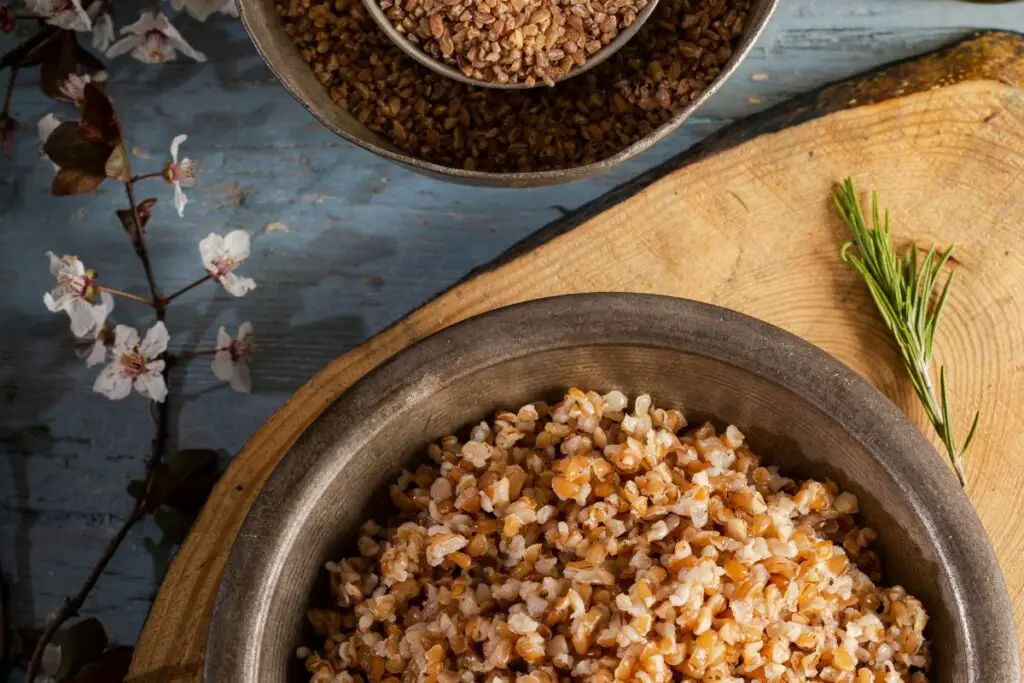
Did you know? Einkorn is considered the oldest grain in agriculture and is said to be what the first bread was made of. It is easier to digest and has higher protein than more popular kinds of wheat today.
It is made into flour and used for all kinds of baking. Although this ancient grain is easier to digest than modern wheat, unfortunately, it is not gluten-free.
A gluten-free flour with similar perks would be one with a higher protein, such as chickpea or quinoa flour.
4. Spelt

Spelt is very similar to wheat but with a “nuttier” flavor, and since it is closely related to wheat, it is a gluten-containing grain.
Like Einkorn, it has a higher protein content than modern wheat. It has many health benefits, including aiding cholesterol and blood pressure levels as well as promoting heart health and digestion.
Oat flour, almond meal, coconut flour, and oat bran are excellent substitutes for spelt because they have similar texture, flavor, and benefits!
5. Emmer
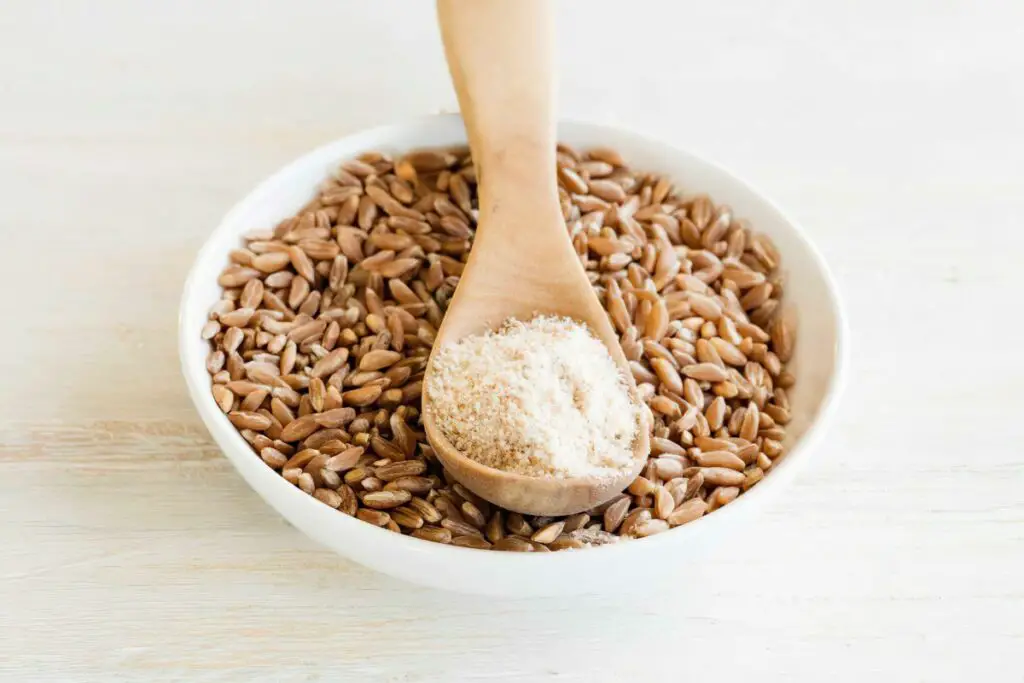
Emmer wheat is an ancient wheat like einkorn. Due to its poor gluten quality and inferior bread-making abilities, it is less popular today.
One interesting fact that does make emmer special is its low glycemic index, which makes it a great choice for diabetics.
Oat flour and oat bran are once again good alternative choice because it also has a low GI.
6. Farro
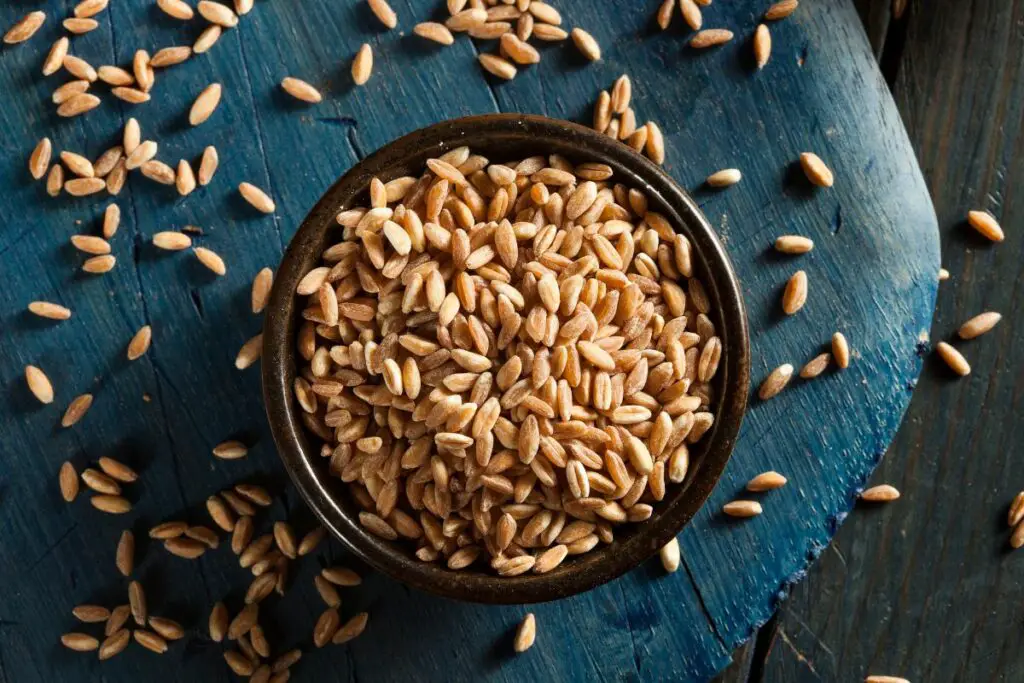
Farro is a type of wheat containing gluten; however, it is a chewy grain that is more similar to rice.
It can be made from the emmer, spelt, and einkorn wheats. It is commonly used in salads and soups.
Brown rice is a good gluten-free option with a similar taste and texture in dishes.
7. Rye
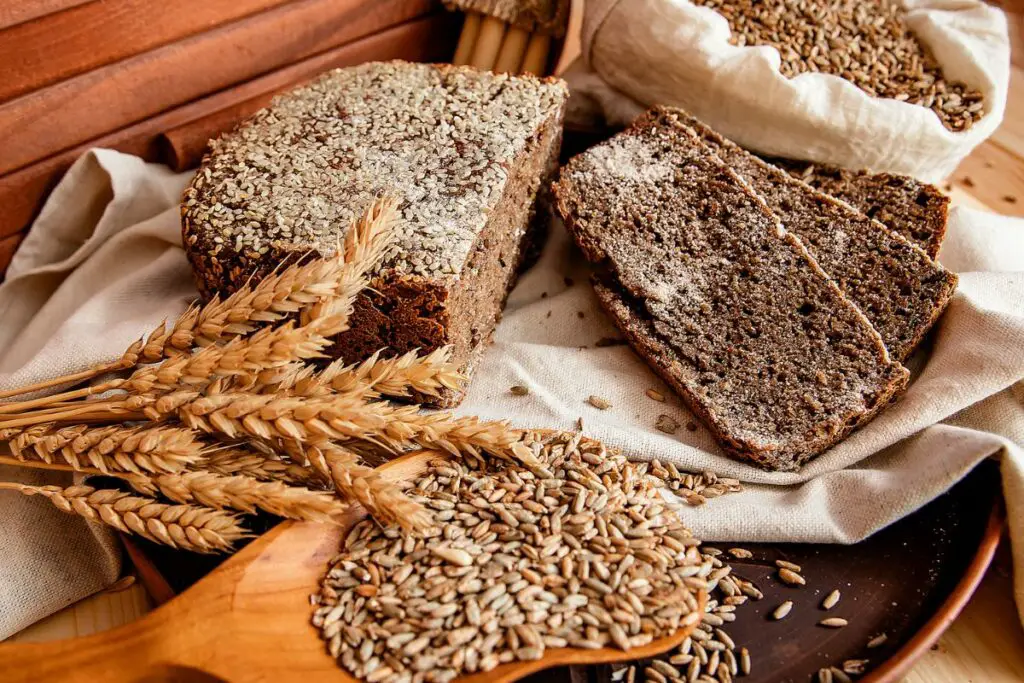
Rye is typically made into flour and used to make bread and beer. Rye bread is popular because it is higher in fiber and vitamins than most bread.
When looking for an alternative to rye bread, it is important to find one with the same nutritional value as seeded bread. Grains that are gluten-free and most closely mimic rye flavor are amaranth, teff, sorghum, and buckwheat.
8. Barley

Barley is one of the top high-gluten grains and is used in multiple dishes, but it is probably most commonly known for its use in making beer. Almost all beer contains barley and therefore contains gluten.
If you are looking for a new go-to drink, you should specifically look for beers that are made to be gluten-free. Or you can try hard seltzers, which are naturally gluten-free and include many fun flavor options.
The best alternatives for barley are amaranth, buckwheat, corn, quinoa, millets, teff, sorghum brown rice, oats, and cauliflower rice.
9. Graham
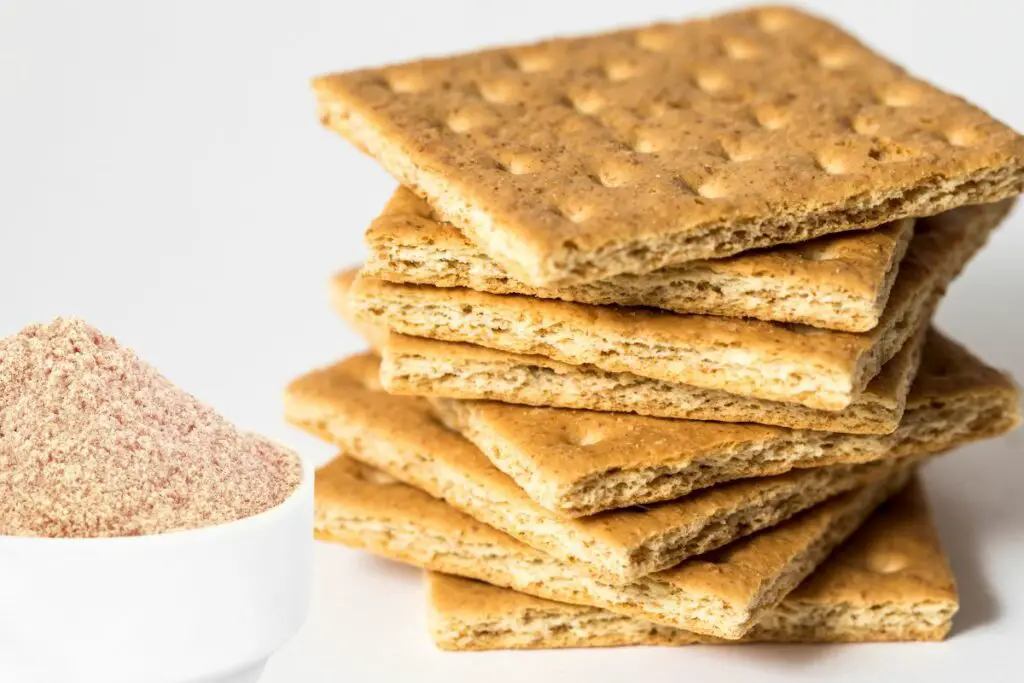
Graham flour is made from whole wheat grain. If you have ever tried a smore, then you should recognize it from graham crackers.
If you want to have yummy gluten-free crackers to serve alongside your cheese board, you can easily make your own gluten-free crackers at home using sorghum flour, oat flour, rice flour, or almond flour.
10. Malt
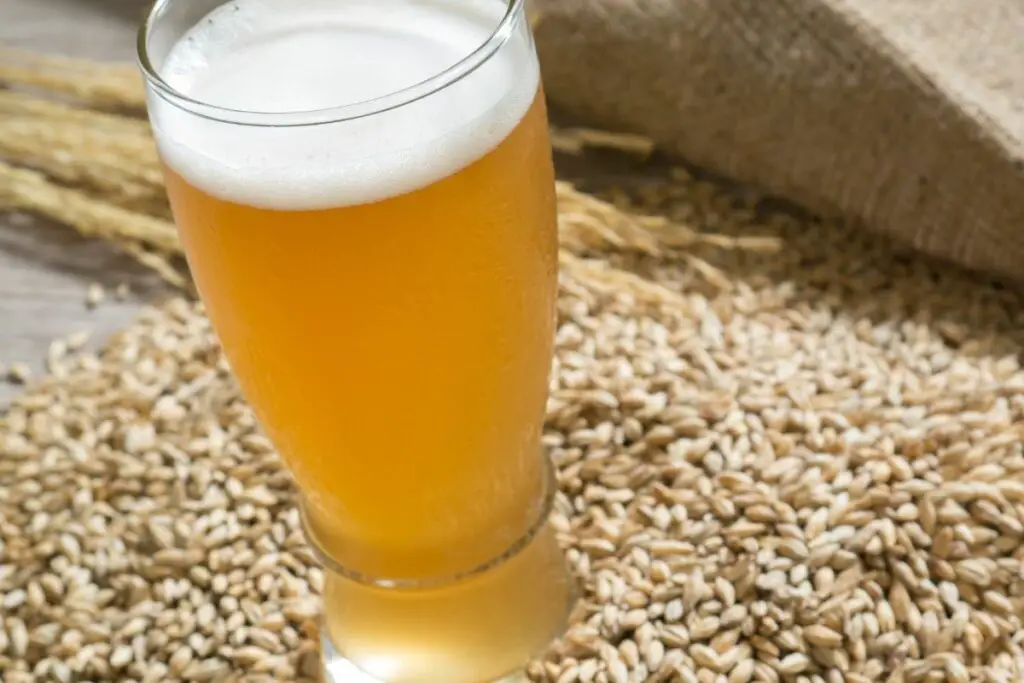
Malt is a cereal grain that has been germinated and made into malt powder. It is known for its part in making malt milkshakes, malt vinegar, and even sweets like whoppers (malted milk balls).
If you find yourself needing malt powder for a recipe, there is no need to worry; any milk powder works too! Alternatively, you can use oat, coconut, almond, or cashew milk or any of these lactose-free milk powders here.
Frequently Asked Questions

Are oats gluten-free?
Oats in their pure form are gluten-free; however, they are often processed with other grains and products that do have gluten and can often become contaminated. If you want to be on the safe side, make sure to buy specifically gluten-free oats [1].
What foods have the highest gluten?
There are a few different types of food that tend to have high levels of gluten. These include things like bread, pasta, and cereal. There are also some baked goods that can be high in gluten, such as cakes and pies. Additionally, many processed foods contain gluten, so it’s important to read labels carefully if you try to avoid it.
What are the best gluten-free foods?
Some good options for gluten-free foods include fruits and vegetables, lean meats, fish, eggs, nuts and seeds, and dairy products. When choosing gluten-free processed foods, it is important to read the labels carefully to ensure that they do not contain any hidden sources of gluten.
In Summary
Grain-based food products, such as cereals, crackers, cakes, bagels, pies, cookies, bread, baked goods, and pasta, have gluten as their primary ingredients.
You will often find gluten in prepared mixes, including sauces, dips, gravies, candies, processed lunch meats, soups, snack foods, and imitation meats.
Gluten is also present in some vitamin supplements and medications in smaller quantities. So if you are trying to avoid gluten, you need to become a label-reading ninja.
Gluten-free foods may be difficult to find at first glance. However, most eateries and supermarkets now offer these choices.
Furthermore, many whole foods are naturally gluten-free, so cooking at home will really allow you to control what ingredients go into your dishes.
Sources:
- Retrieved from celiac.org – https://celiac.org/gluten-free-living/what-is-gluten/
